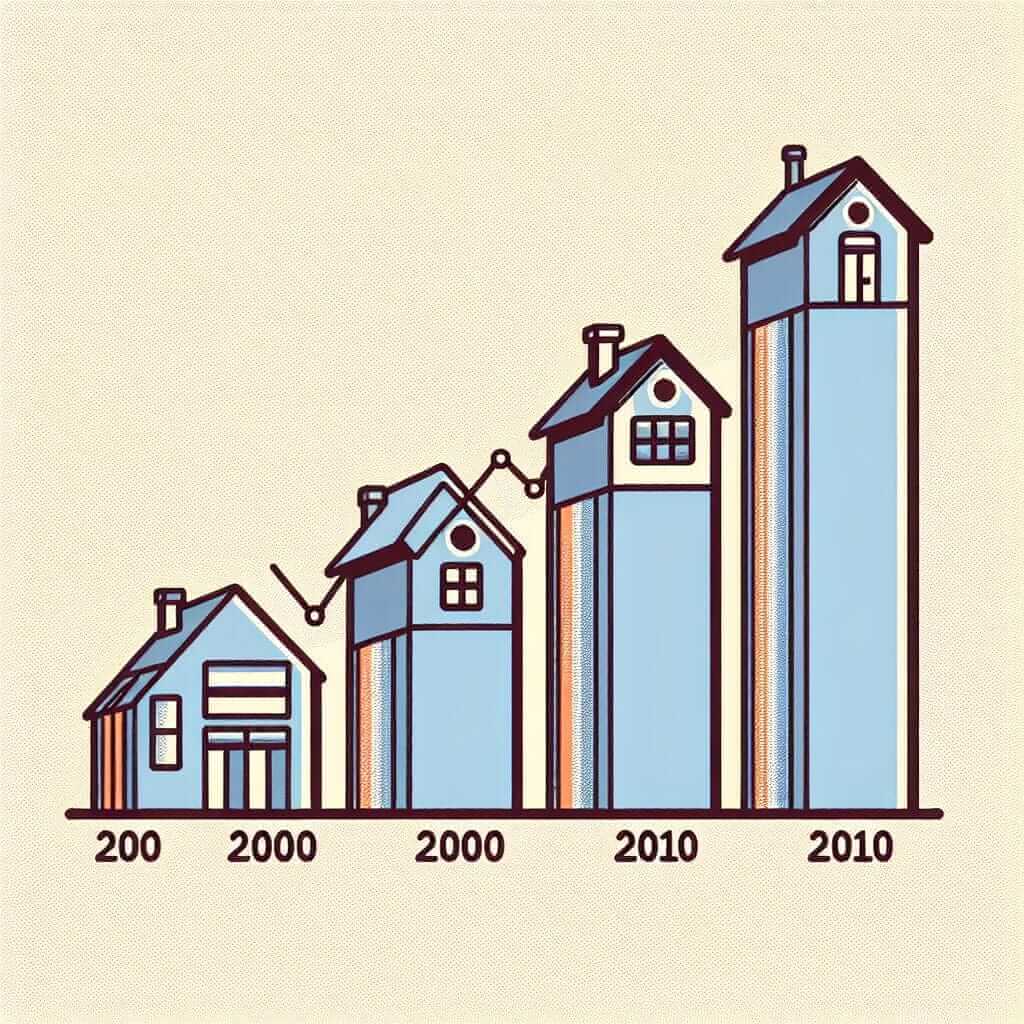In the IELTS Academic Writing test, Task 1 requires you to write a report summarizing visual information presented in a graph, chart, table, or diagram. To succeed in this task, it’s essential to understand the IELTS Writing Task 1 band descriptors. These descriptors outline the criteria examiners use to assess your writing and determine your band score.
This comprehensive guide will delve into the IELTS Writing Task 1 band descriptors, providing clear explanations, examples, and tips to help you achieve your desired score.
Deconstructing the IELTS Writing Task 1 Band Descriptors
The IELTS Writing Task 1 band descriptors are divided into four key assessment criteria:
-
Task Achievement: This criterion assesses how effectively you have addressed the task requirements. It evaluates your ability to:
- Clearly summarise the main features of the visual information.
- Include relevant data and avoid unnecessary details.
- Organise information logically.
- Write at least 150 words.
-
Coherence and Cohesion: This criterion assesses how well your writing is structured and easy to understand. It evaluates your use of:
- Cohesion devices: Linking words and phrases (e.g., however, furthermore, in contrast) to connect ideas smoothly.
- Paragraphing: Dividing your writing into logical paragraphs to enhance clarity.
- Referencing: Using pronouns and synonyms effectively to avoid repetition.
-
Lexical Resource: This criterion assesses the range and accuracy of your vocabulary. It evaluates your ability to:
- Use a wide range of vocabulary related to describing trends, changes, and comparisons.
- Use less common vocabulary appropriately.
- Paraphrase effectively.
- Avoid errors in spelling and word formation.
-
Grammatical Range and Accuracy: This criterion assesses the range and accuracy of your grammar. It evaluates your ability to:
- Use a variety of sentence structures (simple, compound, complex).
- Use a range of grammatical structures (e.g., tenses, articles, prepositions).
- Control grammar and punctuation accurately.
Illustrative Examples of Band Scores
Let’s examine some examples to illustrate how these descriptors translate into band scores.
Example 1: Band 5
The graph shows the number of people who visited a museum in a year. In January, there were 1000 visitors. In February, the number increased to 1500.
Analysis: This response demonstrates limited task achievement. It only describes two data points and lacks an overview or key trends. The vocabulary is basic, and there’s limited use of cohesive devices.
Example 2: Band 7
The line graph illustrates the monthly visitor figures for a museum over the course of a year. Overall, visitor numbers showed an upward trend, with a notable peak in August.
Analysis: This response effectively summarizes the main trend and highlights a key feature (the peak in August). It uses appropriate vocabulary (upward trend, notable peak) and cohesive devices (overall) to enhance coherence.
Applying Knowledge to Real IELTS Writing Tasks
Consider this IELTS Writing Task 1 question:
The chart below shows the percentage of households with internet access in a certain country between 2000 and 2010.
Summarise the information by selecting and reporting the main features and make comparisons where relevant.

Band 8 Sample Response:
The bar chart illustrates the proportion of households in a particular country with internet access from 2000 to 2010.
Overall, internet access witnessed a dramatic surge over the decade. At the beginning of the period, only a small minority of households, around 15%, had internet access. However, this figure increased significantly, reaching almost 70% by 2010.
In the first five years, the increase was gradual, with the percentage of households with internet access rising from 15% to approximately 30%. However, from 2005 onwards, the growth accelerated considerably, more than doubling to reach the final figure of just under 70% in 2010.
Analysis: This response effectively fulfills the task requirements by providing a clear overview, highlighting key trends (dramatic surge, gradual increase, accelerated growth), and making relevant comparisons (first five years vs. 2005 onwards). It showcases a wide range of vocabulary and grammatical structures, demonstrating a good command of English.
Common Pitfalls to Avoid
- Misinterpreting data: Carefully analyze the visual information to avoid misrepresenting data.
- Over-generalizing: Base your conclusions on the data provided and avoid making broad generalizations.
- Using informal language: Maintain a formal tone throughout your writing.
- Ignoring word count: Write at least 150 words to avoid penalties.
Effective Practice Strategies
- Analyze model answers: Study high-scoring sample responses to understand what examiners look for.
- Practice regularly: Consistent practice is key to improving your writing skills.
- Get feedback: Seek feedback from teachers or language partners to identify areas for improvement.
- Review grammar and vocabulary: Regularly revise grammar rules and expand your vocabulary related to describing trends and data.
Conclusion
Mastering the IELTS Writing Task 1 band descriptors is crucial for achieving your desired score. By understanding the assessment criteria, analyzing model answers, and practicing regularly, you can confidently approach this section of the IELTS exam and effectively communicate your understanding of visual information. Good luck!